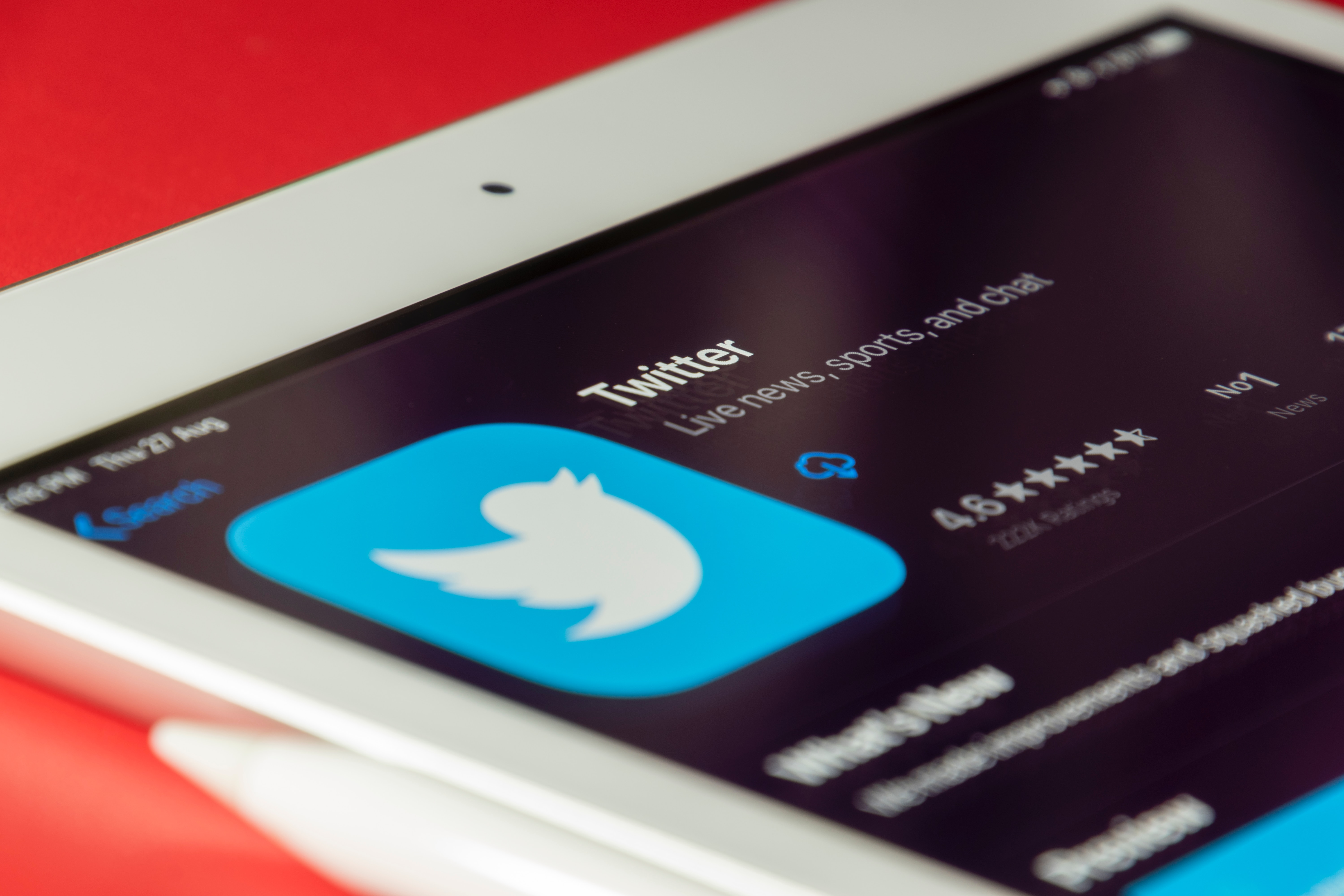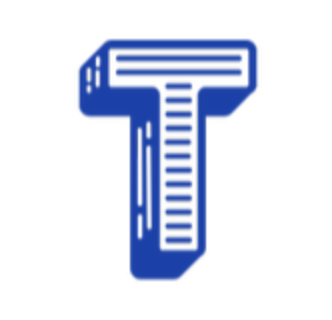In today's competitive job market, finding and securing the ideal job requires a strategic approach. This guide provides a comprehensive walk-through of the job-hunting process, from the initial search to acing the interview. Let's explore the steps and strategies to help you land your dream job.
Job Search: Where to Start
Knowing where to look for job opportunities is the first crucial step. Here are some resources to consider:
Job Listing Websites: Sites like Indeed, LinkedIn, and Glassdoor provide an extensive database of job listings across various industries.
Company Websites: If you have a specific company in mind, check their careers page regularly for new postings.
Networking Events and Job Fairs: These events can provide valuable face-to-face opportunities with potential employers.
Social Media: Many companies use social media platforms to post job vacancies. Follow your desired companies on these platforms to stay updated.
Crafting an Outstanding Resume
Your resume is a snapshot of your skills, experience, and education. Here's how to make it stand out:
Tailor Your Resume: Each job application should have a customized resume. Highlight skills and experiences that are relevant to the job description.
Use Action Verbs: Start bullet points with action verbs like "managed," "led," or "developed" to show your achievements.
Quantify Achievements: Where possible, use numbers to illustrate your impact.
Writing a Compelling Cover Letter
A cover letter provides an opportunity to introduce yourself and explain why you're a good fit for the role. Here's how to write a compelling one:
Address the Hiring Manager: Personalize the cover letter by addressing the hiring manager by name, if possible.
Showcase Your Skills: Highlight your most relevant skills and experiences that align with the job description.
Express Enthusiasm: Show your interest in the role and the company.
Job Application: Submitting and Following Up
After crafting a tailored resume and cover letter, it's time to submit your application. Once submitted, it's appropriate to follow up after a week or two, expressing your continued interest in the role.
Preparing for the Interview
Interview preparation is crucial to making a good impression. Here are some tips:
Research the Company: Understand the company's products, services, and culture.
Practice Common Interview Questions: Prepare responses for common interview questions related to your skills, experiences, and interest in the role.
Prepare Your Own Questions: Asking insightful questions shows your interest in the role and helps you decide if the job is right for you.
Acing the Interview
The interview is your chance to show why you're the best fit for the role. Here's how to ace it:
Dress Appropriately: Your attire should match the company's dress code.
Communicate Clearly: Speak clearly and confidently. Listen carefully to the interviewer's questions before responding.
Show Enthusiasm: Show genuine interest in the role and the company.
Deep-Dive: Strategies for Effective Job Searching
In addition to knowing where to look for job opportunities, having a clear strategy can significantly improve your job search effectiveness.
Know Your Goals: Identify the type of job and industry you're interested in. This will help you focus your search and tailor your application materials.
Leverage LinkedIn: Utilize LinkedIn not only for job listings but also to connect with industry professionals and join relevant groups.
Set Up Job Alerts: Most job listing websites allow you to set up alerts for new postings that match your criteria. This can help you apply promptly and increase your chances of being noticed.
Stay Organized: Keep track of the jobs you've applied for, follow-up dates, and any responses you receive.
Comprehensive Guide to Resume Writing
Crafting an outstanding resume is crucial in capturing the attention of hiring managers. Here's a more detailed guide:
Contact Information: Include your name, phone number, professional email address, and LinkedIn profile.
Professional Summary: Write a brief summary of your qualifications and career goals. This should be tailored for each job application.
Work Experience: List your work experience in reverse chronological order. For each role, include your job title, the company's name and location, the dates of employment, and bullet points detailing your responsibilities and achievements.
Education: Include your degrees, the institutions where they were earned, and the dates of graduation. You may also include relevant coursework or projects.
Skills: List hard and soft skills that are relevant to the job you're applying for.
Certifications and Awards: If you have any relevant certifications or have received any awards, be sure to include them.
Cover Letter Writing: Pro Tips
Writing a compelling cover letter can give you an edge in the job market. Here are some additional tips:
Use a Professional Tone: While your cover letter should show your personality, it's important to maintain a professional tone.
Tell a Story: Use your cover letter to tell a story that your resume can't. Maybe it's about a project you're particularly proud of or a challenge you overcame.
Proofread: Ensure your cover letter is free of errors. This shows attention to detail, a skill many employers value.
Job Interview Preparation: Beyond the Basics
In addition to researching the company and practicing common interview questions, here are some other things you can do to prepare for a job interview:
Understand the Job Description: Make sure you fully understand the job description and the skills it requires. Be ready to provide examples of how you've demonstrated these skills in the past.
Know Your Resume: Be prepared to talk in detail about any aspect of your resume. You never know what the interviewer might ask about.
Prepare for Behavioral Interview Questions: Many interviews include behavioral questions, which ask you to describe a past situation and how you handled it. Use the STAR method (Situation, Task, Action, Result) to structure your responses.
Plan Your Journey: Ensure you know where the interview is being held, how to get there, and how long the journey will take. Aim to arrive 10-15 minutes early.
Conduct During the Interview: Showcasing Your Best Self
Making a good impression during the interview is crucial. Here are some additional tips:
Body Language: Good posture, eye contact, and a firm handshake can help convey confidence.
Show Gratitude: Thank the interviewer for their time at the beginning and end of the interview.
Be Authentic: Be yourself. Authenticity can set you apart from other candidates. While it's important to be professional, don't be afraid to let your true personality shine through.
Post-Interview: Next Steps
The interview process doesn't end when the interview is over. Here's what to do after:
- Send a Thank-You Note: Send a thank-you note or email to your interviewer expressing your appreciation for the opportunity. This not only shows your manners but also reaffirms your interest in the role.
- Follow Up: If you haven't heard back within the timeline provided, it's appropriate to send a polite follow-up email to check on the status of your application.
Handling Rejection
Not every application or interview will result in a job offer. Here's how to handle rejection:
Don't Take it Personally: There could be many reasons why you weren't selected, and many of them may have nothing to do with you.
Ask for Feedback: If you're comfortable, consider asking the hiring manager for feedback on how you could improve.
Stay Positive: Job hunting can be a long process. Stay positive and keep applying. The right job for you is out there.
Q&A Section:
Q: How long should my resume be? A: A resume should ideally be one to two pages long. It should be concise and tailored to the job you're applying for.
Q: How can I make my resume stand out? A: Tailoring your resume to each job application, using action verbs and quantifying your achievements can help your resume stand out.
Q: How should I handle salary negotiations? A: Do your research to understand the typical salary range for the role. Be honest about your expectations, but be willing to negotiate. Remember to consider the entire compensation package, not just the salary.
Q: What should I do if I don't hear back after an interview? A: If you haven't heard back within the timeline provided, it's appropriate to send a polite follow-up email.
Q: How can I stay motivated during a long job search? A: Set small, achievable goals for your job search, and celebrate when you achieve them. Stay positive, keep your skills sharp, and don't be afraid to take breaks when you need to.
Q: Should I send a follow-up email after applying for a job? A: Yes, it's a good practice to send a polite follow-up email 1-2 weeks after applying, expressing your continued interest in the role.
Q: How can I overcome nervousness during an interview? A: Practice makes perfect. The more you practice common interview questions, the more comfortable you'll be during the actual interview. Also, remember to breathe and maintain a positive mindset.
Q: How should I dress for a job interview? A: It's best to dress professionally for a job interview unless the company specifies otherwise. When in doubt, it's better to be overdressed than underdressed.
Q: What kind of questions should I ask during an interview? A: Asking questions about the company culture, role expectations, team dynamics, or the company's plans for the future can show your interest in the job and provide valuable information for your decision-making.
Job hunting can be a complex process, but with these tips and strategies, you can navigate it with confidence. From knowing where to look and how to apply, to acing the interview and negotiating the offer, each step is an opportunity to showcase your skills and suitability for the role. With persistence, positivity, and a strategic approach, you can open the door to exciting new career opportunities.










